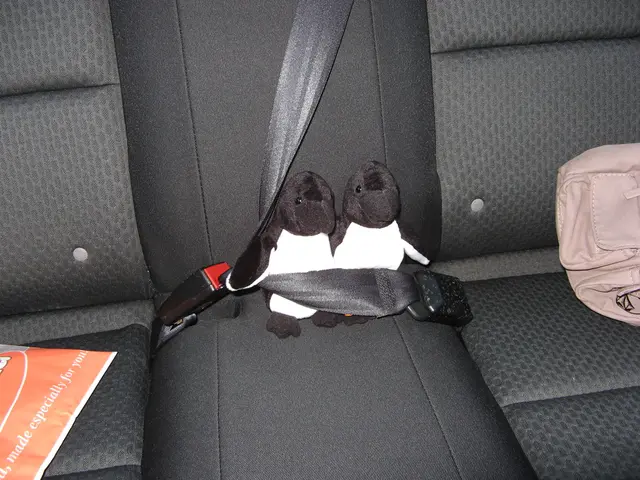Monopoly's London Property Prices Skyrocket: Mayfair Up 1,730,000% Since 1936
The classic board game Monopoly, first released in the UK in 1936, has seen significant changes in property prices over the decades. While some locations have maintained their status, others have experienced dramatic shifts in the board game property market.
In 1936, the average house in London cost £350, a figure that has skyrocketed to over £500,000 today. This staggering increase of over 1,300 times reflects the broader trend in the capital's property market. Back then, a house cost just over two years' average salary. Now, it's a staggering 11 times the average London wage.
The Monopoly board itself has seen some notable changes. Trafalgar Square has moved up from the red properties to become the second most expensive, while Park Lane has dropped from the top spot to the yellow group. Meanwhile, Coventry Street has become the cheapest property in the pink group. Despite these shifts, Mayfair remains the most expensive property, with a price increase of over 1,730,000% since 1936. Old Kent Road, however, continues its role as the cheapest property, with a price increase of 570,000% since 1936.
While the original Monopoly board remains the most-played version, the property prices and landmark order have changed significantly since 1936. These changes mirror the real-world shifts in London's property market, with some locations becoming dramatically more expensive while others have seen their value decrease relative to the city average.
Read also:
- Trade Disputes Escalate: Trump Imposes Tariffs, India Retaliates; threatened boycott ranges from McDonald's, Coca-Cola to iPhones
- Aquatech purchases Koch's Direct Lithium Extraction business, merging Li-ProTM DLE technology into the PEARLTM Technology Platform.
- Nepal's Journey: Evolution from Street Life to Political Power
- Li Auto faces scrutiny after crash test involving i8 model and a truck manufacturer sparks controversy




